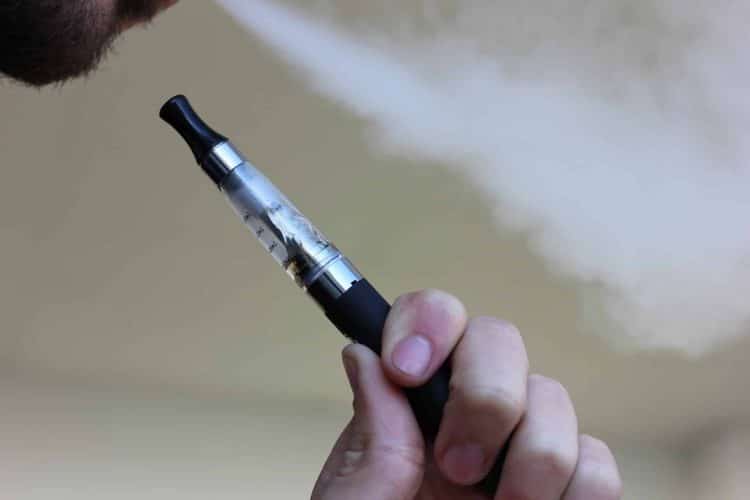Chemical reactions can be created on the surface of vape cartridge (“cart”) internal elements. These internal vape cart materials can be made of ceramic, nickel, cobalt, and other metals. When they react with the liquid contents of the cartridge under heat, toxic compounds may be created. Vape cart construction is now facing more scrutiny after an epidemic of nicotine and tetrahydrocannabinol (THC) vape cart related lung injuries and deaths in 2019 to 2020.
A 2020 study evaluated the internal elements of six vape cartridges for THC and nicotine products. [1] They also studied two used THC cartridges associated with cases of vaping-related lung injuries that spiked in 2019-2020. Here is a summary of what they found:
- The lung injury related vape carts had evidence of high temperatures such as charred ceramic heating elements and damaged wire surfaces.
- Newer THC vape carts have more ceramic and polymer insulation than older THC or nicotine devices.
- The combination of ceramics, metals, and high temperatures in newer THC cartridges is consistent with conditions for vaping lung injury.
The researchers found the vape cartridges to contain materials such as nickel and chromium (all devices) as well as copper, lead, tin, gold, silicon-rich rubbers, or fluorinated microplastics (varied among devices). All of these materials can degrade and become volatile compounds when sufficiently heated. While they may be safe under some usage conditions, the research team emphasized the importance of harm reduction by avoiding higher internal temperatures and low liquid levels. They explain, “These metals represent a potential chronic health risk when inhaled, though estimated risks have exceeded health limits mostly under high temperature or high usage scenarios.” Dry coils may reach 1,000ºC, for example. Ceramic and polymer materials may insulate heat and facilitate thermal degradation.
The researchers did not go so far as to make a recommendation for what materials would be better options for vape cartridge manufacturers. The scope of their study was focused on confirming that these materials can produce harmful compounds like ketenes under high temperature settings and informing consumers of the risks of lung injury from using these products frequently and at high temperatures. Based on this information, manufacturers could help consumers use their products more responsibly by taking steps like removing the highest heat setting from vaping devices or adding information to their packaging to discourage users from excessive use at high temperatures. [1]
References
- Wagner J, Chen W, Vrdoljak G. Vaping cartridge heating element compositions and evidence of high temperatures. PLoS One. 2020;15(10):e0240613. doi:10.1371/journal.pone.0240613 [Impact Factor: 3.240; Times Cited: n/a]
Image: lindsayfox from Pixabay











